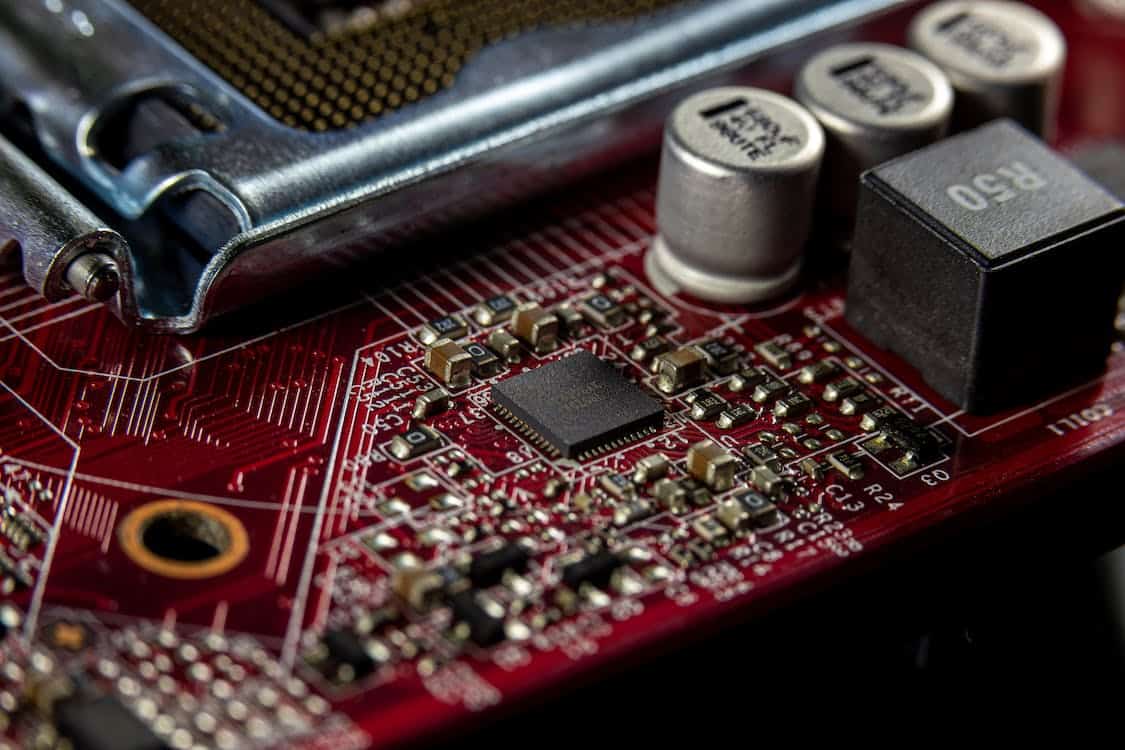Capacitors
An essential component in Autonomous IoT devices, besides the energy harvester and PMIC, is the storage element. This component stores the generated energy from the energy harvester till the energy is needed by the application (in an IoT device often sensors/modem) regulator by a PMIC. The storage function can be performed by different types of components, e.g., rechargeable batteries, capacitors, supercapacitors, and solid-state batteries (SSB). The rechargeable battery has been preferred, but many would like these to be eliminated due to its form factor, leakage, and negative environmental impact. Besides capacitors and supercapacitors, there is a relatively new component specifically being developed for IoT, named SSB.
Capacitors are energy storage devices commonly used in any type of electronic circuits (televisions, radios, smartphones and IoT) and come in all shapes and sizes. It is a bit like a battery, but it has a different feature set, e.g., capacitors can be charged and discharged much faster than a battery and therefore is more applicable for IoT devices.
In principle, a capacitor is built of two conductors (known as plates) and an insulator between them called a dielectric. This dielectric is determining the specifications of the capacitors.
Although capacitors have only one purpose (storing energy), they can be used for a variety of purposes in electrical circuits like filters (circuits that allow only certain signals to pass through or block), voltage smoothing in circuits, tuning (in radios and televisions.), etc.
What are the Advantages and Disadvantages of Capacitors in IoT?
Advantages of Capacitors:
- Fast charging/discharging
- Low leakage
- Maintenance free
- Long Life
- Easy to use
- AC or DC
- Relatively cheap
- Applicable in a wide range of IoT devices
Disadvantages of Capacitors:
- Limited Energy Storage
- Stored energy ends up being depleted
- Voltage level can fluctuate
Supercapacitors
Supercapacitors represent a compromise between traditional dielectric capacitors and batteries. They provide high capacitance per unit volume and, more importantly, the ability to charge and discharge at extremely high rates. The very high charge and discharge current levels of supercapacitors are one of their most famous features, as this is what provides their enormous power density. Another well-known feature of supercapacitors is the ability to achieve a high number of charge/discharge cycles. In research, supercapacitors have proven their ability to withstand up to one million cycles under normal conditions.
There are several kinds of supercapacitors:
- Double-layer, or DSC.
- Pseudo capacitors.
- Hybrid capacitors.
DSC consists of two porous electrodes separated by an electrolyte. The energy reserve comes from the separation of the charge on the electrodes with a very large potential difference.
The pseudo capacitors include two solid electrodes and are based on two energy conservation mechanisms, a combination of Faraday and electrostatic interaction.
Hybrid capacitors are transitional between capacitors and accumulators. The electrodes here are made of different materials, and the charge is accumulated through different mechanisms. They have improvements in power density, energy density, stability over temperature and improved electrical performance.
Advantages of supercapacitors in IoT:
- Relatively low cost of the energy storage.
- Extremely high-power density.
- High cycle efficiency, which reaches 95% and higher.
- Reliability, long service life.
- Wide range of operating temperatures.
- Huge number of cycles with unchanged parameters.
- Fast charge/discharge.
- Permissible discharge to zero.
- Relatively low weight.
Disadvantages:
- Relatively low energy density compared to batteries.
- High degree of self-discharge. Low voltage per cell unit.
- Supercapacitors are more and more replacing the use of batteries due to the development in increased power density and decreased charge time.
Solid State Batteries
SSB is considered a next-generation battery technology with many improvements compared to the current state-of-the-art Li-ion batteries in terms of safety, power and energy density. Although SSB goes back to the 1830s when Michael Faraday discovered the solid electrolytes (silver sulfide and lead fluoride) in the 1970s it led to true solid-state batteries as a base where R&D continued with battery technology improvements and integrated efforts.
Unlike a conventional Li-Ion battery or a lithium polymer battery that uses a liquid electrolyte or polymer gel electrolyte for ion movement, a solid-state battery contains a solid electrolyte.
Instead of suspending solid metal electrodes in a liquid electrolyte, an SSB compresses the anode, cathode, and electrolyte into three flat layers. This unique arrangement makes the battery flatter and smaller while retaining as much energy as a larger liquid-based battery. As the solid electrolyte acts as a separator and a carrier of electrons, SSB shows good performance in parameters such as energy density and is resistant to thermal runaway, unlike traditional Li-Ion batteries with liquid electrolytes. The working mechanism of an SSB is similar to that of a Li-Ion battery except for the electrolyte. While electrically conductive materials make up the anode and cathode, the lithium ions move through the electrolyte between the two electrodes. The movement of charged ion particles in a particular direction during charging (cathode-to-anode movement) and discharging produces current.
The main advantages of SSB include:
- Form-factor is much smaller compared to Li-Ion;
- Very fast recharging time (a tenth of the time compared to Li-Ion);
- Thermal stability;
- Non-toxic and non-flammable.
The disadvantages of SSB include:
- Higher production cost; although this will decrease when volume picks up;
- Degradation of the battery’s lifetime after several charge-discharge cycles;
- Due to its form factor (even thin film batteries), and the risk of explosions or leakage, SSB is replacing more and more the usage of Li-Ion batteries and finds its way in very low-power IoT applications, e.g., pacemakers, smart cards, microsensors, RFID tags and medical patches.



